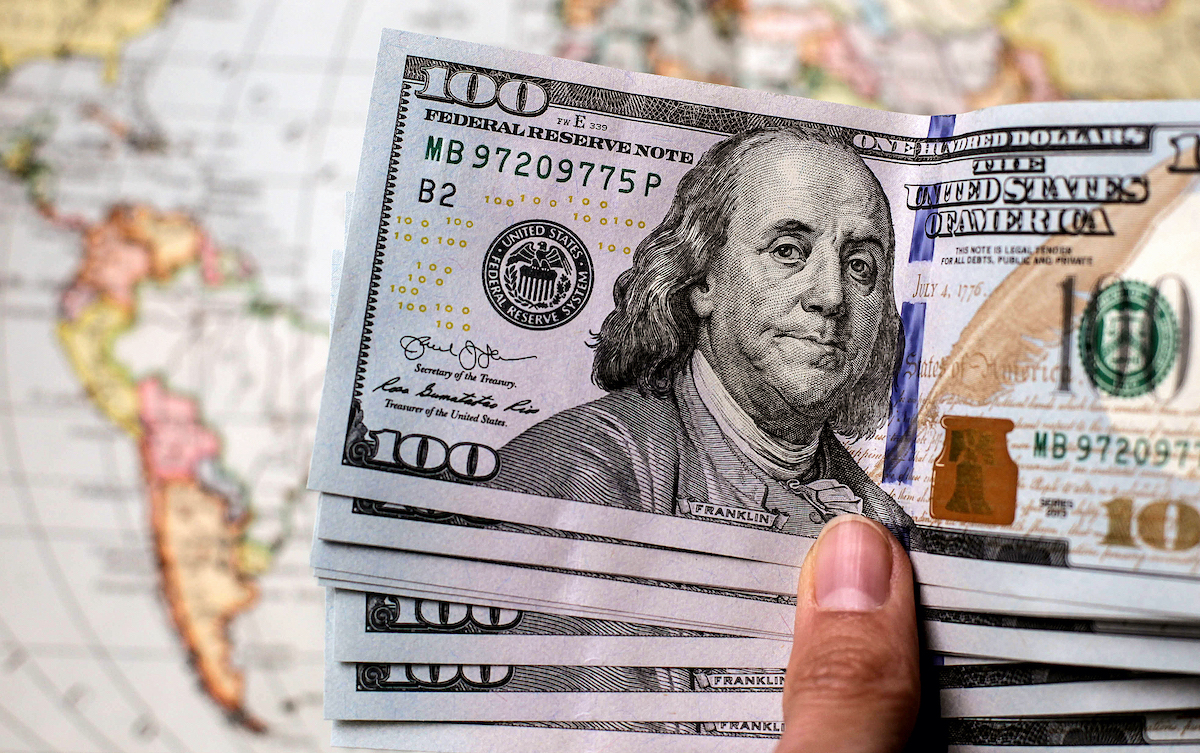(ATF) Nineteen years ago, former Morgan Stanley currency strategist Stephen Jen invented the “dollar smile” theory: as a safe haven, the US dollar appreciates against all competitors in times of crisis; as the crisis recedes and risk capital flows out again, the dollar weakens; and, as the global economy picks up and the US outperforms, dollar follows suit.
With certain margins of error as with any financial theory, Stephen’s framework of analysis has provided useful insights and performed quite well as a forecasting tool.
How about now?
On March 20, the dollar index (DXY) hit a high of 102.8170. Not quite three months later, on June 10, the DXY hit its recent low of 95.9590 as stock markets globally performed well on good news on the coronavirus front pretty much everywhere and rapid economic recovery expectations.
So far, so good.
But since mid-June, the expected dollar comeback has stalled. Stephen is not concerned.
“Most analysts seem to only believe in the left side (downward-sloping) of the Dollar Smile and don’t take the right side (upward-sloping) seriously,” he wrote in a client note, forecasting that “we will transit from the left side to the right side more swiftly than in any other cycle in modern history.”
In that I must disagree … on at least two counts.
What we’ve seen in the second quarter of this year is not an ordinary economic downturn, not a downturn, in fact, due to economic factors at all. The cause was a natural catastrophe, which the incompetence of certain governments – notably that of the United States – is exacerbating and prolonging.
That’s nothing to smile about and the predicted dollar grin looks like it may well freeze at the halfway mark.
This is the more likely as monetary and fiscal authorities in the US are loading the economy with enormous amounts of new debt on an unprecedented scale, both in terms of quantity and timeframe. This is depressing the national savings rate and investment potential going forward. Indeed, most of the money has been handed out simply to boost consumption. Once spent, the money is gone. The necessary investment to rekindle US outperformance will not take place.
My forecast: the US economy will not see the V-shaped recovery so many hope for … mostly of course those who hope to be re-elected in November.
As recovery will prove slow and painful and may not really take off at all beyond mid-June levels as the virus continues to spread, the dollar smile will be wiped off most faces.
It’s not a great 4th of July message. But facing reality is the necessary first step on the road back.
























